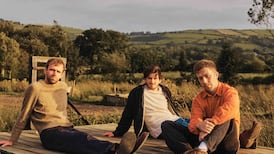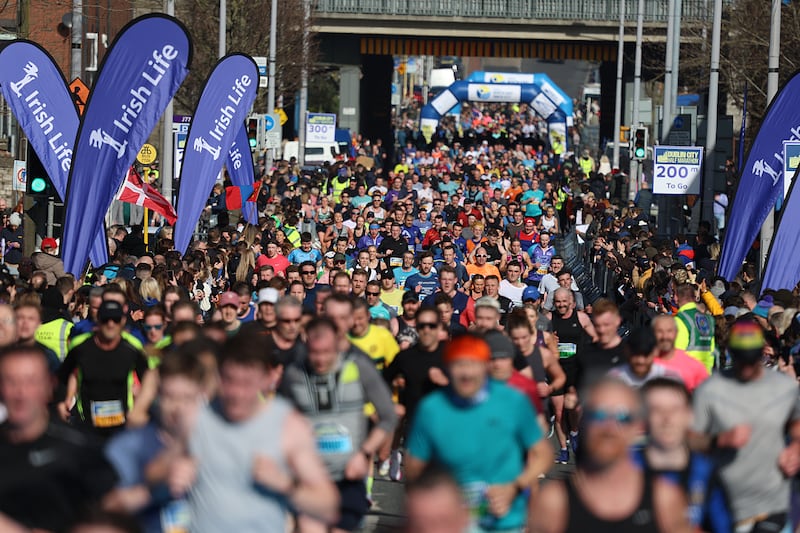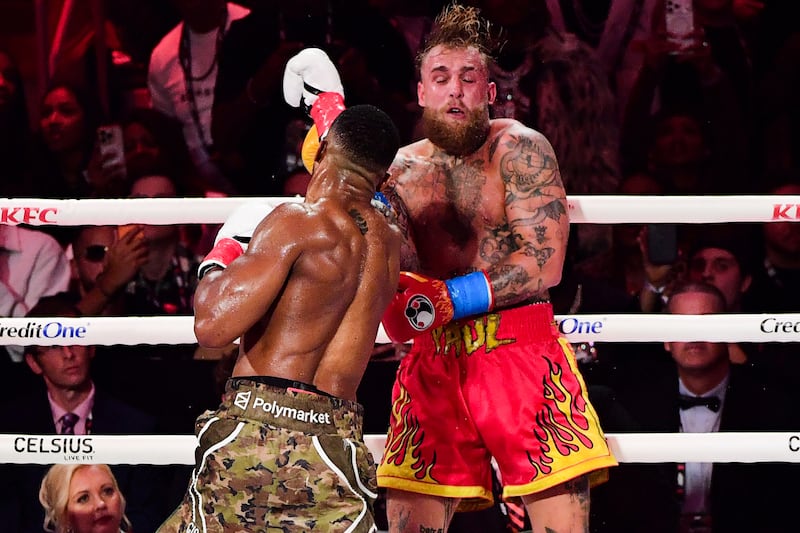Subscriber OnlyMusic
Irish composer Jennifer Walshe on AI music: ‘If you came up with the idea for I Glued My Balls to My Butthole Again, is that art?’
The Oxford professor of composition’s long use of artificial intelligence in her work makes her a good judge of its merits and its dangers















